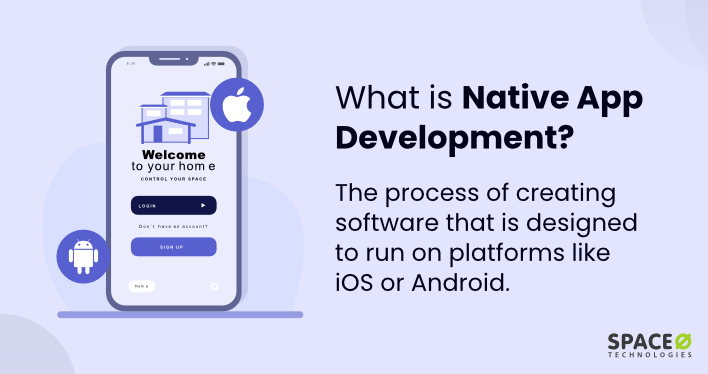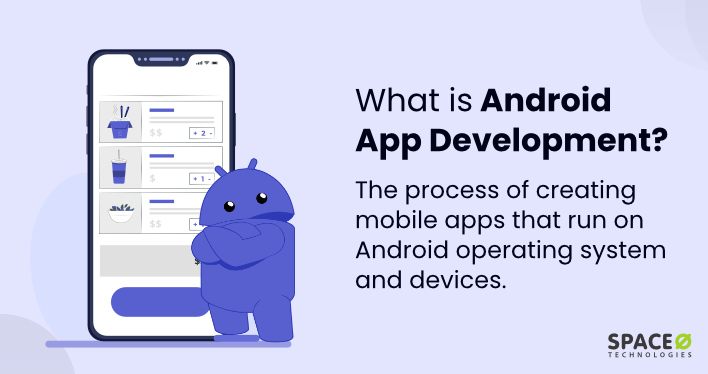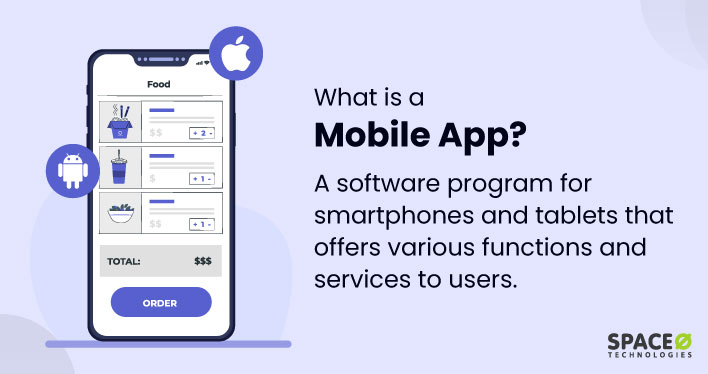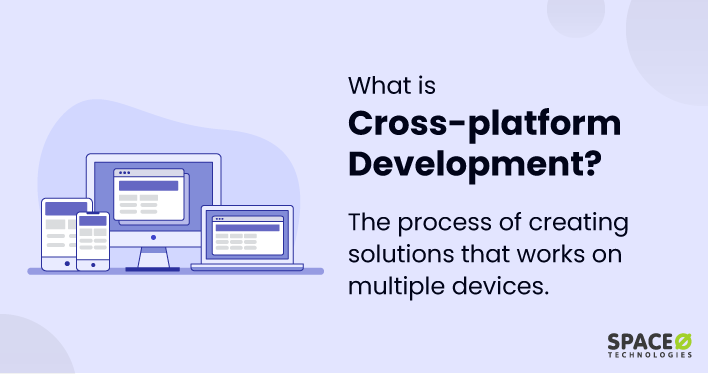Table of Contents
What is Native App Development?
Native app development is the process of creating software applications for particular operating systems, such as iOS or Android, using dedicated programming languages and development tools. That means an iOS app will only work on iOS devices, and an Android application will only work on Android devices. Native app development maximizes app performance and user experience by taking advantage of the device’s hardware and software.
Unlike hybrid apps, which use a single codebase, native apps are platform-specific. Native apps surpass hybrid apps in speed, responsiveness, and user experience, making them ideal for high-performance and complex user interface applications.
More than the definition, if you want to learn the native app development process, and the tools required for the native app development, you can check out this complete guide on native mobile app development we wrote earlier.
Now, let’s discuss a few of the popular examples of native apps:
WhatsApp for iOS
Whatsapp is a popular messaging app enabling text, voice, and video communication, along with media sharing and document exchange.
- Language & Tools: Used Swift or Objective-C, perfectly in sync with Apple’s technological framework.
- Performance & Integration: Seamlessly integrates with iOS features like push notifications and Siri for a responsive and fluid user experience.
- Hardware Utilization: Employs the iPhone’s camera and microphone capabilities for crystal-clear voice and video calls.
- User Interface: Designed to match Apple’s design aesthetics, offering an interface that is both familiar and user-friendly for iOS users.
Google Maps for Android
Google Maps is a comprehensive navigation tool offering GPS-based tracking, real-time traffic updates, route planning, and location-based services.
- Language & Tools: Built using Java or Kotlin, specifically tailored to mesh with the Android platform’s nuances.
- System Integration: Deeply integrated with the particular operating system which is Android, ensuring reliable and accurate navigation and location tracking.
- Google Ecosystem: Integrates with Google’s suite of services, including Google Search and Google Assistant, for an enriched and versatile functionality.
- Device Compatibility: It is for several Android devices, maintaining consistent performance across various screen sizes and hardware specifications.
Native mobile app development company helps you build this type of native application from scratch.
Now, let’s discuss the benefits of developing native mobile applications for your business, instead of cross-platform application development.
7 Benefits of Native Mobile App Development
Here are the benefits of native mobile app development.
Delivers Optimized Performance for Specific Platforms
- Native mobile apps are built specifically for their platform, leading to faster, more responsive performance.
- Direct compilation into machine code enhances efficiency, especially for complex and graphics-intensive tasks.
Enhances User Experience with Seamless Integration
- Aligns with the design standards and user interface of the operating system, offering a seamless experience.
- The consistency in design and behavior makes the app feel like a natural part of the device, increasing user satisfaction.
Accesses Device Hardware Directly for Advanced Functionality
- Full access to device hardware like camera, GPS, and microphone for robust functionalities.
- Enables advanced features like augmented reality and high-quality media capture.
Ensures Reliable Delivery of Push Notifications
- Effective management and delivery of push notifications through the operating system’s native features.
- Essential for user engagement, providing timely updates and encouraging regular app usage.
Strengthens Security and Data Protection
- Benefits from the operating system’s security features and stringent app store review processes.
- Offers better data protection and protection against malware, making them safer for users.
Provides Offline Capabilities for Continuous Operation
- Ability to function without an internet connection by storing data locally.
- Important for native applications that need to be reliable at all times, like navigation and media players.
Maximizes App Store Advantages for Greater Visibility
- Enhanced visibility and credibility by being available on official app stores.
- Access to tools for analytics, marketing, and monetization, aiding in user discovery and acquisition.
3 Limitations of Developing Native Mobile Apps
Here are the limitations of native mobile app development.
Higher Development Costs and Time
Native mobile app development can be costly and time-consuming due to the need to develop separate app versions for each platform, requiring different skill sets and increased effort.
Solution
Implement a Minimum Viable Product (MVP) strategy and utilize automated testing to manage development costs and time efficiently.
Platform Dependency and Periodic Maintenance
Native apps are platform-dependent, leading to increased maintenance efforts and costs, especially with frequent updates in each platform’s operating system.
Solution
Use shared code libraries and align the development roadmap with OS updates to simplify maintenance.
Complexity in Cross-Platform User Experience Consistency
Achieving a consistent user experience across different platforms is challenging due to varying UI/UX guidelines and conventions in native mobile app development.
Solution
Develop a unified design language adaptable to each platform’s UI/UX principles, ensuring consistency while respecting platform-specific guidelines.
Difference Between Native vs Cross-platform Mobile App Development
Here is a table highlighting the difference between native mobile app development and cross-platform development.
| Aspects | Native App Development | Cross-platform Development |
|---|---|---|
| Development Languages | Uses platform-specific languages (Swift/Objective-C for iOS, Java/Kotlin for Android). | Uses languages like JavaScript, Dart, or C# that work across several platforms (React Native, Flutter, Xamarin). |
| Performance | High performance due to direct access to device hardware and platform-specific optimizations. | Good performance, but can be less optimized than native apps due to the additional abstraction layer. |
| User Experience | Superior, as it can fully leverage the native UI components and guidelines of each platform. | Consistent across platforms, but might not fully match the native look and feel of each platform. |
| Development Time and Cost | Higher, as separate development is required for each platform. | Lower, as a single codebase can be used for multiple platforms. |
| Maintenance | Can be higher due to the need to update and manage separate codebases for each platform. | Easier, as most of the code is shared across platforms, simplifying updates and bug fixes. |
| Access to Device Features | Full access to all device-specific features and capabilities. | Access to device features is possible but may require additional plugins or native modules. |
| Market Reach | Limited to specific platforms unless developed separately for each. | Wider, as the same app can be deployed across multiple platforms. |
As the table shows, native app development offers unique benefits, but it’s also important to consider cross-platform development as an alternative. If you are still in doubt or confused about which one is the best, you can check out this comparison guide on native app development vs cross-platform development. It thoroughly examines the benefits and limitations of both approaches to assist you in making a well-informed decision.
In conclusion, native app development involves creating applications exclusively for mobile operating systems like iOS or Android using their unique programming languages. These high-quality apps are costly and time-consuming to develop since each device type requires a different version.
To address this, native app developers need to start with a basic version of the app and gradually enhance it. The decision between native and more universal app development is influenced by the app’s purpose audience, and available resources. Each strategy offers advantages, and the selection should be based on the purposes and objectives of the project.






